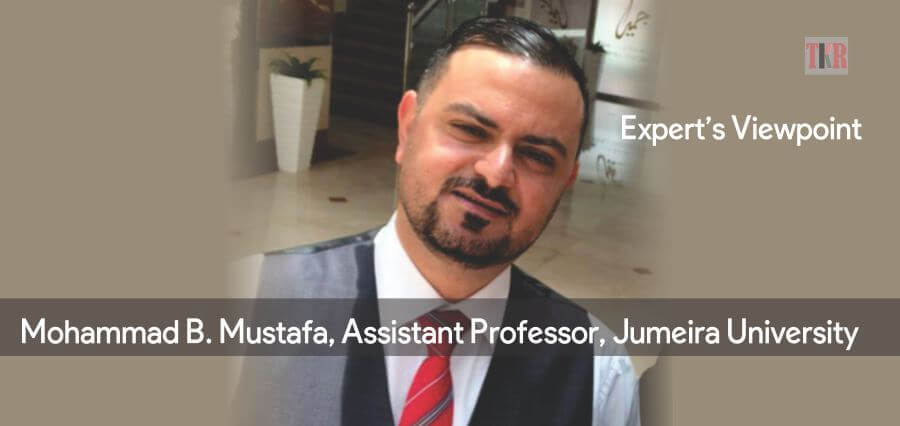In my teaching experience, I believe that there is a potential in every single student and if anyone of them is not distinguished in one subject, he/she will be great in another. What should be done by the teacher is to go inside students’ interests in order to cultivate the inner miracles deep in their minds. To me, being a close friend to students and bridging the gaps (with respect maintained) is the best way to approach them and discover their potentials. So, one of the things that should be taken into account is the question: If we know that students represent actual individual differences in classrooms, why teachers teach and assess them the same?
My philosophy regarding the targeted excellence in education is highly affected by William Glasser’s Theory of Choice in the years 1996, 1997, 1998, and 2000. According to the theory, students should be motivated to learn and this wouldn’t happen unless four basic needs are satisfied: belonging, power, freedom, and fun. In this theory, there are seven deadly habits (Criticizing, Blaming, Complaining, Nagging, Threatening, Punishing, and Bribing rewarding to control) which should be replaced by seven caring habits (Supporting, Encouraging, Listening, Accepting, Trusting, Respecting, and Negotiating differences). These habits should be implemented in education because most teaching is psychology. If you support students in their weak times and encourage them to do their best after you trusted them, and if you listen to them attentively and seriously and accept their miscellaneous mistakes and if you respect all their weaknesses and multiple intelligences in your class, then your class will be a very motivating to them to excel and create.
Another theory related to creating excellence and motivation in this regard might be Keller’s Motivational Theory (2008), the ARCS model (Attention, Relevance, Confidence, and Satisfaction), which represents a model of motivation for interaction that addresses the problems of student boredom and mistrust in classrooms. Keller’s primary assumption is based on the interaction between instructional materials and students. With its components, this theory discusses the importance of preparing the surrounding environment, the instruction, and students’ readiness for interaction in classrooms. It is a method for investigating the motivational appeal of instructional materials. First, there are four conceptual categories ([A]ttention, [R]elevance, [C]onfidence, [S]atisfaction) that include many of the specific concepts and variables that characterize human motivation. Second, it includes sets of strategies to enhance the motivational appeal of instruction; process that is called motivational design (Keller, 1987) which can be used effectively in classrooms to motivate students to interact (Song & Keller, 2001). ([A] ttention strategies stimulate and sustain curiosity with interest, [R]elevance strategies link students’ needs, interests, and motives; [C]onfidence strategies assist students to develop a positive expectation for successful achievement; and [S]atisfaction strategies provide intrinsic and extrinsic reinforcement for effort that have to be met for people to become and remain motivated.)
Another important factor needs to be considered in this situation is integrating technology to address different learning styles. Moreover, addressing learning styles through variation of instruction creates a constructivist model of teaching and learning that focuses on every student and creates a sense of collaborative group work. Johnson, Johnson, & Holubec (1994) stated that students are academically stronger and smarter when they work together in groups than when they work alone. Going back to Gardner’s theory of multiple intelligences, Gardner himself proposed that in each person there are inherent different intelligences that should be cultivated in order to get their full potential. Consequently, teachers need to vary their teaching and respect the different levels of the students and give them different methods of accessing information in order for them to take advantage of the learning style they prefer. In most of the situations, when the material was presented in a variety of ways learners perceived that it was easier for them to improve their attention and comprehension which leads to a better academic and social achievement especially when it comes to lower – achieving students. Fadel & Lemke (2008) stated that, “students engaged in learning that incorporates multimodal designs, on average, outperform students who learn using traditional approaches with single modes” (p. 13).
Finally, I believe that teaching is a gift that is born with people and that teachers who demonstrate Enthusiasm and passion for their profession will be creative and motivate students to learn and encourage them to socialize in the broader sense of learning. In fact, teacher enthusiasm leads to better teaching practices, positive attitudes toward teachers and subject, better student performance, and improved classroom behavior. Those motivated teachers will find education priceless. As Peter Brougham said, “Education makes people easy to lead, but difficult to drive: easy to govern, but impossible to enslave.”
About the Author
Mohammad B. Mustafa (DOB: 19 August 1979) is an Assistant Professor in the Department of Early Childhood Education at Jumeira University in Dubai since September 2016. Previously, the author worked for Al Ain University of Science and Technology in the College of Education from January 2013 to January 2016. The author’s specialty is Educational Leadership from Wichita State University in Kansas/ USA in 2012. The author holds a master degree in Linguistics from the University of Jordan in 2004. The author has nine peer-reviewed publications, served in many professional committees, chaired several accreditation projects including Applied Psychology, Master of Education, Communication and Media College, and Professional Diploma of Teaching. The author also headed the Department of Community Engagement and served as Assistant Dean of Students’ Affairs for several months in Al Ain University of Science and Technology.









